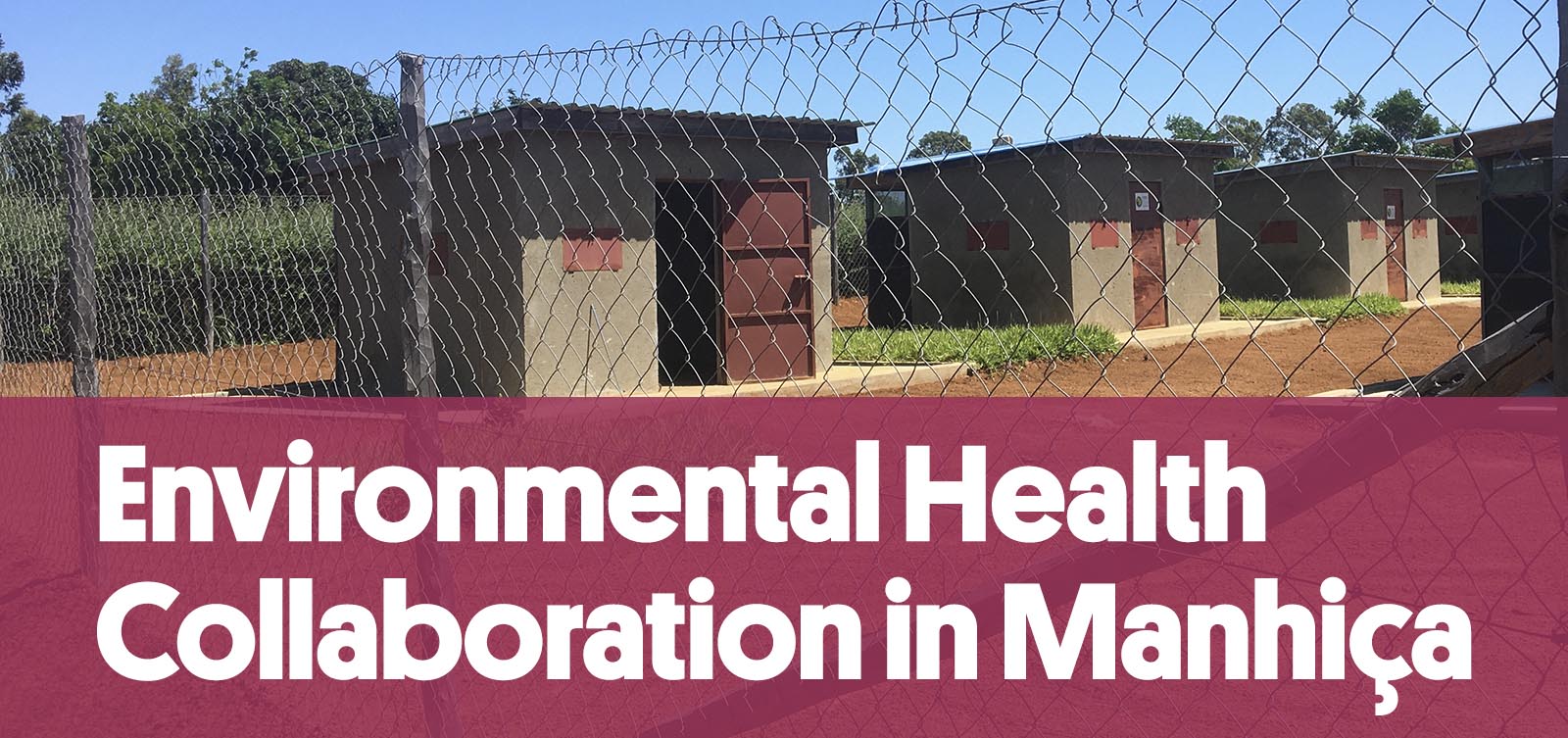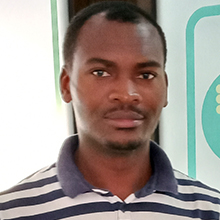Environmental Health Collaboration in Manhiça
Key initiative promoted by the Severo Ochoa Programme

There is little environmental epidemiological evidence available in low-income countries (LICs) and especially in sub-Saharan Africa. This limitation is mostly explained by the lack of well-established longitudinal population studies, routine environmental monitoring data, and limited local capacity. Mozambique, located in southeast Africa, is among the ten least developed countries globally according to Unites Nations data. There, the epidemiological transition from communicable to non-communicable diseases is only beginning. Therefore, Mozambique is a strategic setting to shed light on the influence of environmental exposures on a range of communicable and non-communicable outcomes.
Under the Severo Ochoa Programme in ISGlobal, we will build the foundation for the establishment of an environmental surveillance system in the area to promote environmental health studies in southern Africa. To do so, we have the privilege to have a longstanding collaborative relationship with the Manhiça Health Research Centre (CISM), which has become a reference centre in the country for biomedical research. Since 1996, CISM has been collecting health and demographic data in a routine surveillance system in Manhiça district, located 80km north from Maputo, the capital city. Currently, the health and demographic surveillance system (HDSS) covers 2380km2 and 186000 people, which is the entire population of the semi-rural area of the Manhiça district.
Some workers form the Demography Group at CISM, which conductes a routine surveillance system in Manhiça, Mozambique, since 1996. (ISGlobal, 2018)
Objectives and Methodology
On top of the ongoing HDSS lead by CISM, the aim of this collaboration on Environmental Health Research with CISM is to build an environmental surveillance system in Southern Africa composed of three exposure assessment methods or tools:
- remote sensing,
- exposure modelling, and
- primary data collection.
With the lack of environmental monitoring networks in LICs, satellite remote sensing becomes an important data source as it provides freely available repeated measurements of environmental factors over a long period of time. Previous exposure models conducted in LICs are based on global models that are not optimized for local prediction, not locally calibrated with measurements, and have considerable measurement error. This is why an essential component of the new collaboration on Environmental Health Research with CISM is to establish a fixed environmental monitoring site in Manhiça.
Currently, ISGlobal and CISM are working on the set up of the fixed environmental monitoring site in the area to characterize the long-term spatiotemporal variation of air pollution and weather conditions and develop exposure models that can be later applied in health studies. The site will be located in Palmeira, a rural village at 10km drive from CISM facilities. The site is safe and convenient because it’s being used for experiments on insecticide resistance in mosquitos by CISM.
By now, the monitoring station will be composed of two reference monitors measuring real-time meteorological data (i.e. temperature, humidity, rain, wind, and UV) and fine particulate matter (or PM2.5). The air pollution monitor, the Beta Attenuation Mass monitor or BAM 1022, would allow us in future steps to validate smaller and less expensive air pollution monitors that will be used for primary data collection.
While working on the foundations of the monitoring station, our research team will work on the identification of environmental hazards influencing child health in the area. Child health is systematically and daily monitored thanks to the paediatric morbidity surveillance system of CISM for all child under 15 years old in Manhiça, which represent around 44% of the total population in the district. In the near term, we will use existing exposure data, which will provide us with the basis for future proposals involving new data collection. Initially, we will focus on:
- exposure to biomass fires,
- household air pollution, and
- household quality and living environment,
all significant environmental exposures in the area and previously linked with child morbidity and mortality.
Our Team
A multidisciplinary team of people, which includes data managers, statisticians, geospatial analysts, and epidemiologists from ISGlobal and CISM, is involved in this new collaboration on Environmental Health Research in Manhiça.
Specific environmental health studies are led by the predoctoral fellow from ISGlobal and CISM, Jovito Nunes, and the postdoctoral fellow from ISGlobal, Ariadna Curto, both recruited through the Severo Ochoa Programme. Both are supervised by Quique Bassat, who is expert in infectious disease epidemiology, and Cathryn Tonne, who is expert in environmental epidemiology.
Our Team
ISGlobal Team
-
 Quique Bassat Orellana Director General
Quique Bassat Orellana Director General -
 Ariadna Curto Postdoctoral Fellow
Ariadna Curto Postdoctoral Fellow -
 Jovito Nunes Predoctoral External Researcher
Jovito Nunes Predoctoral External Researcher -
Charfudin Sacoor
-
Francisco Saúte
-
Cathryn Cecelia Tonne




